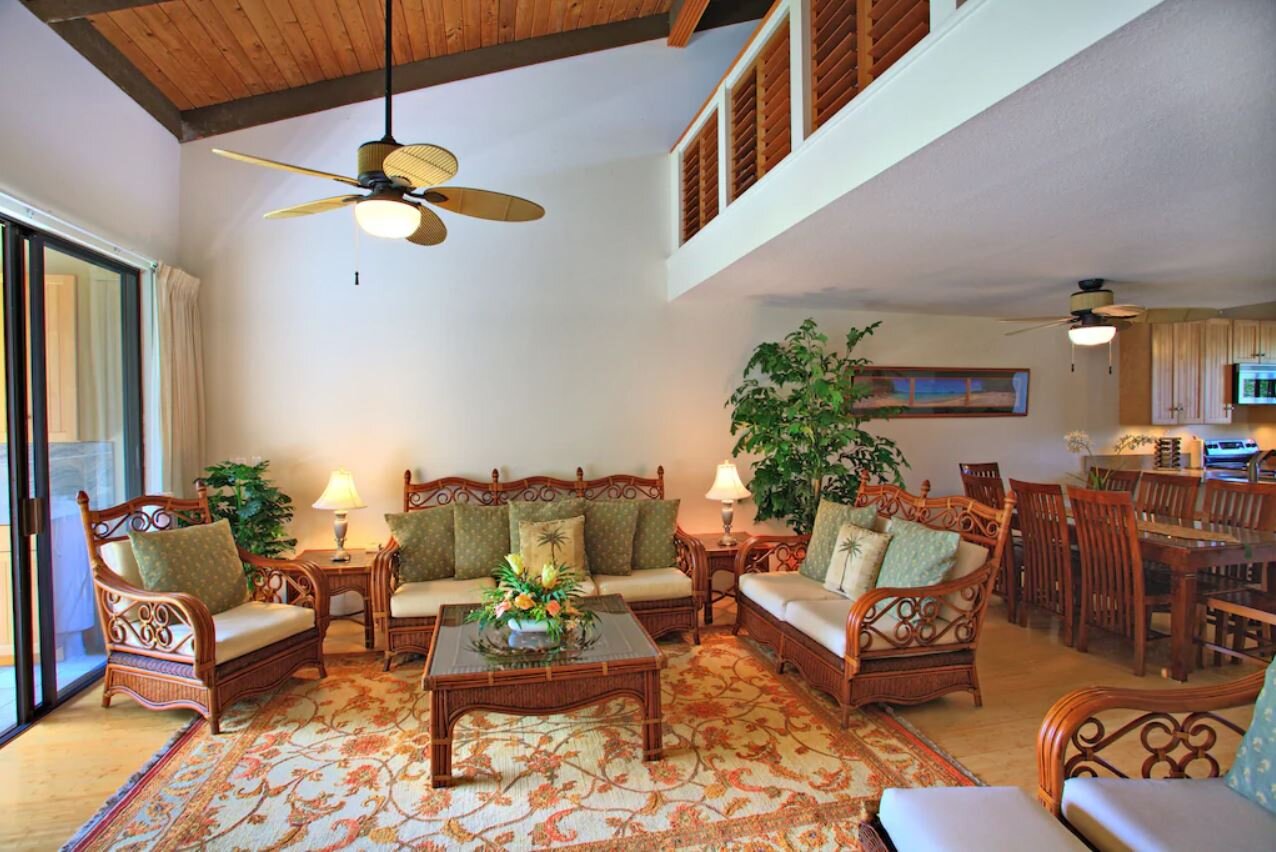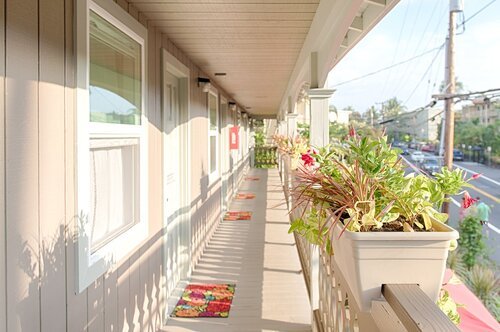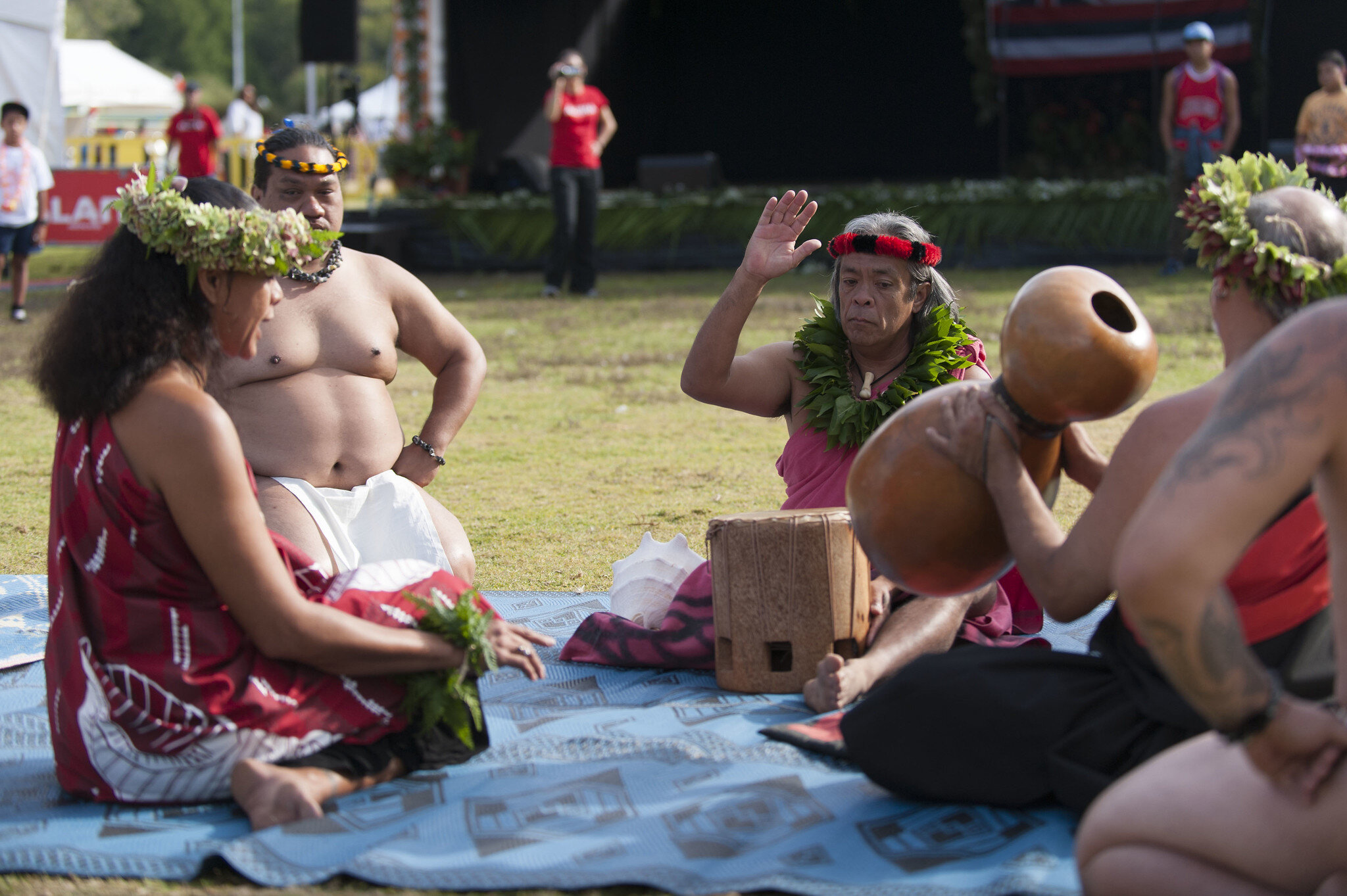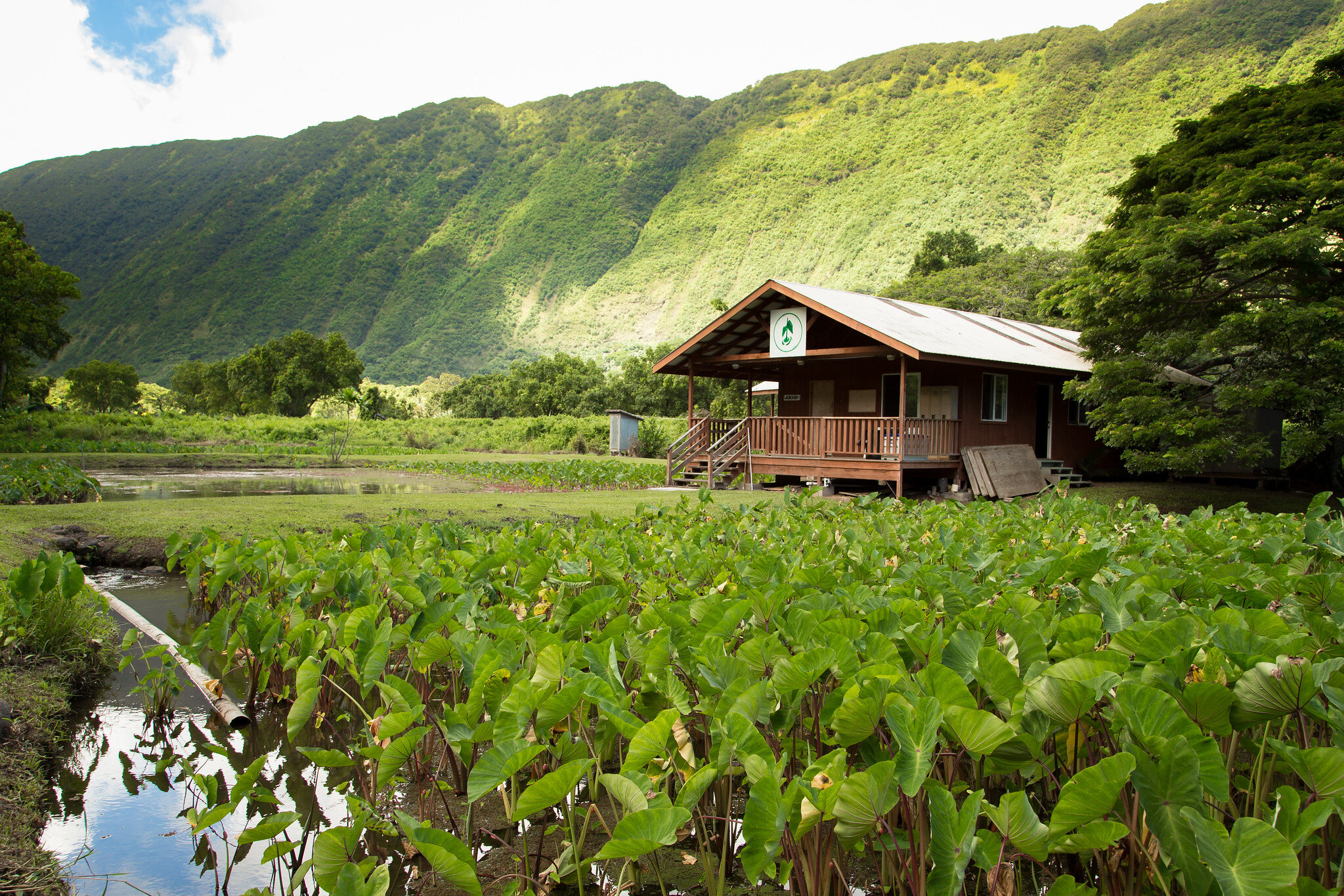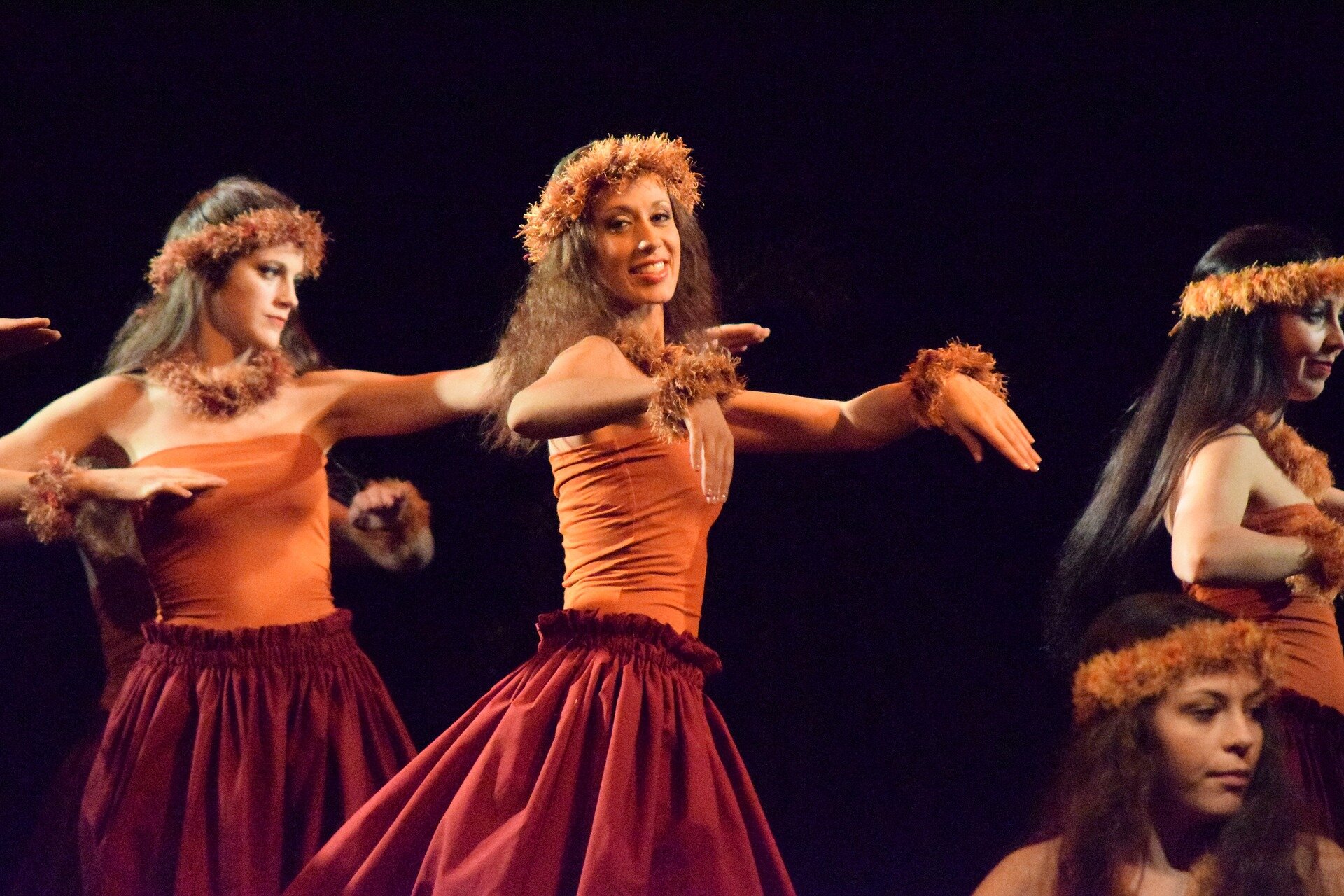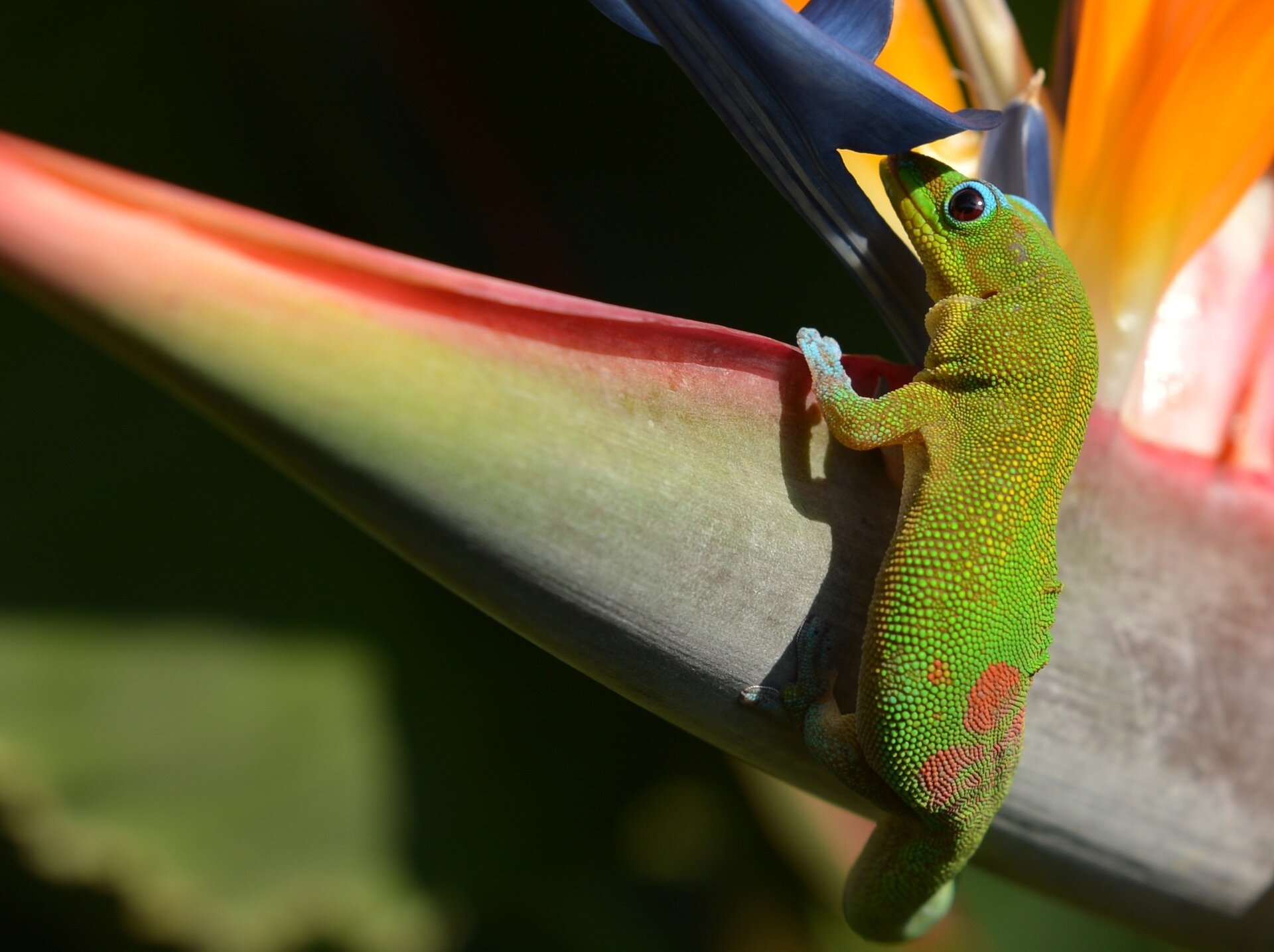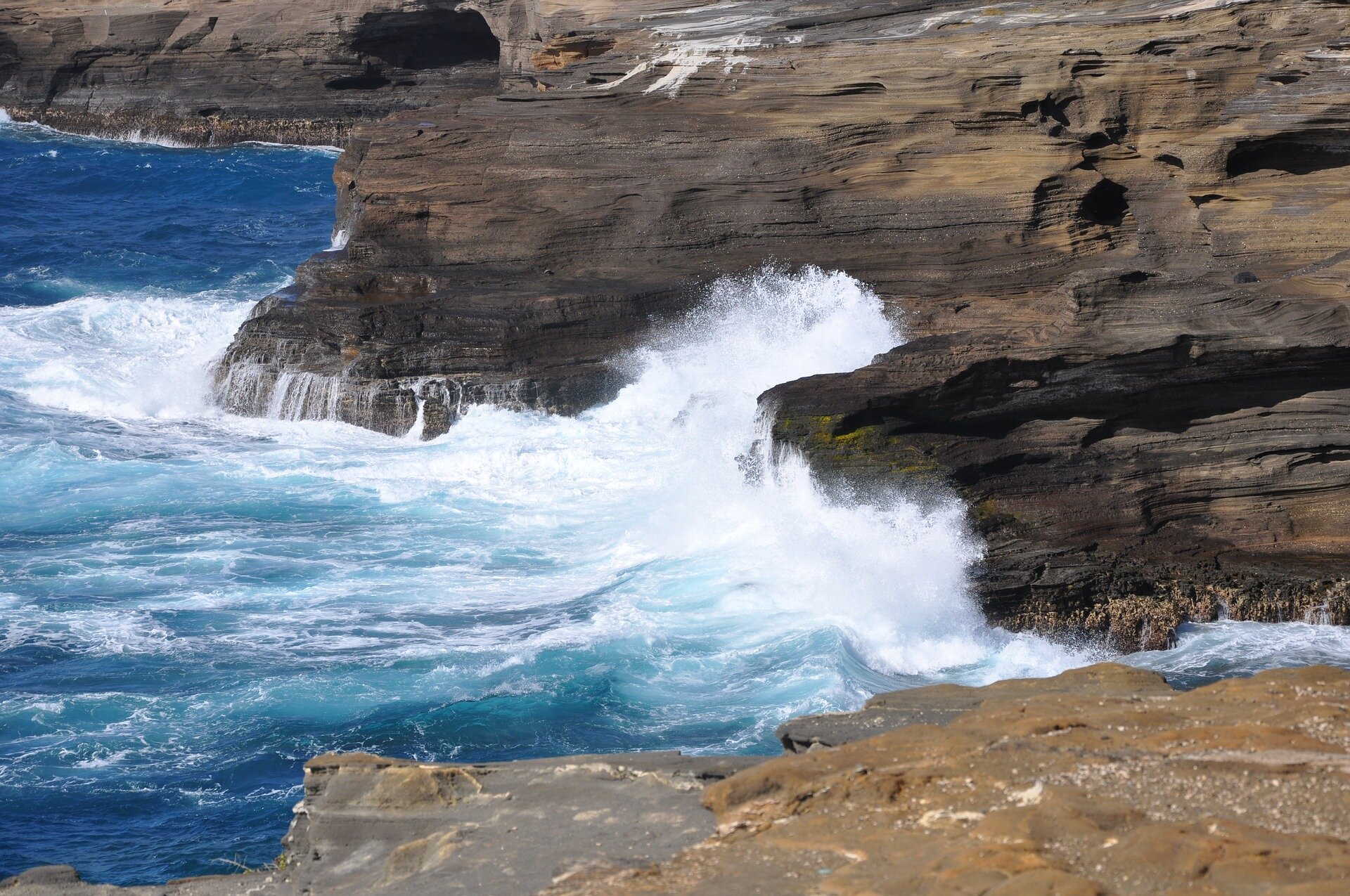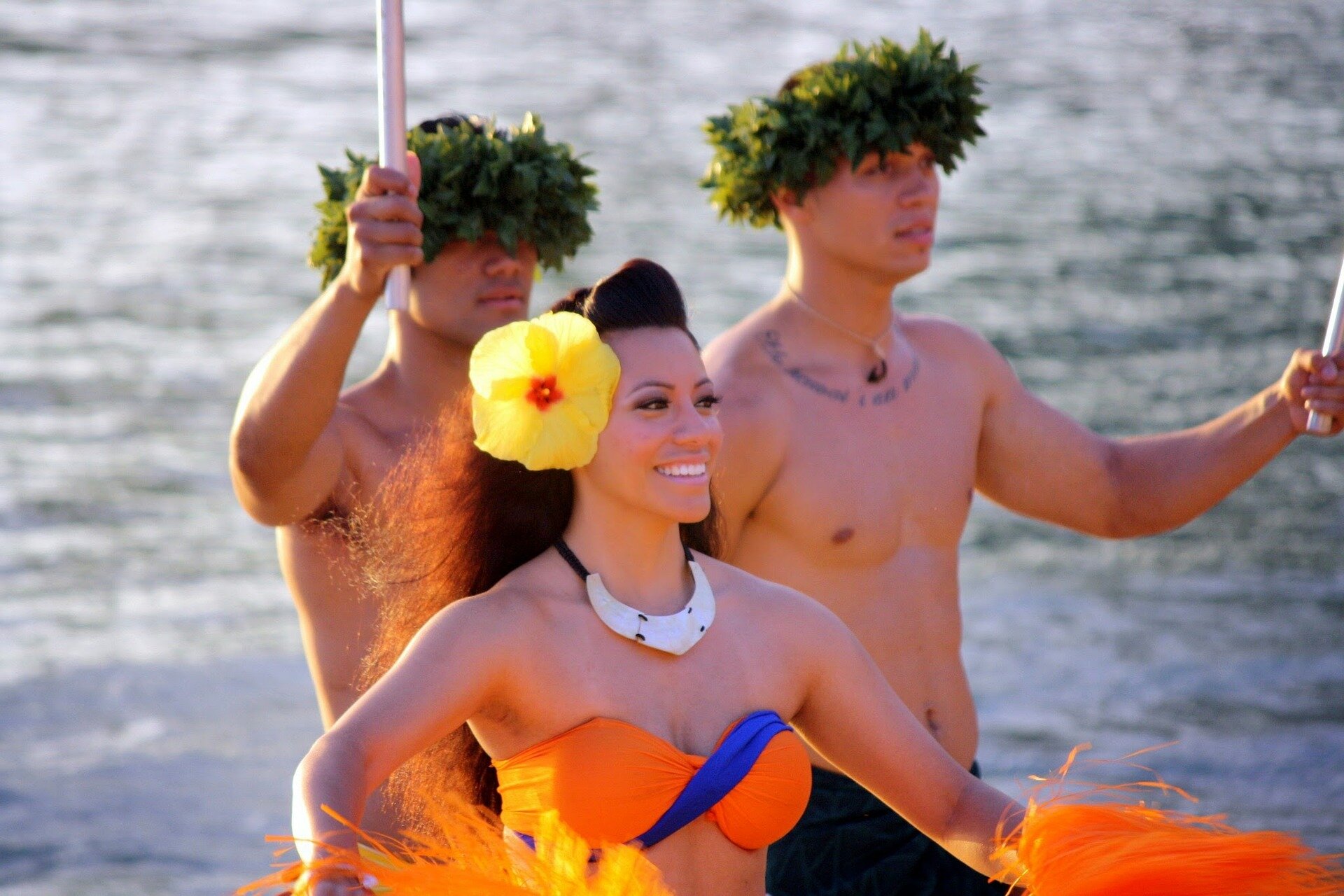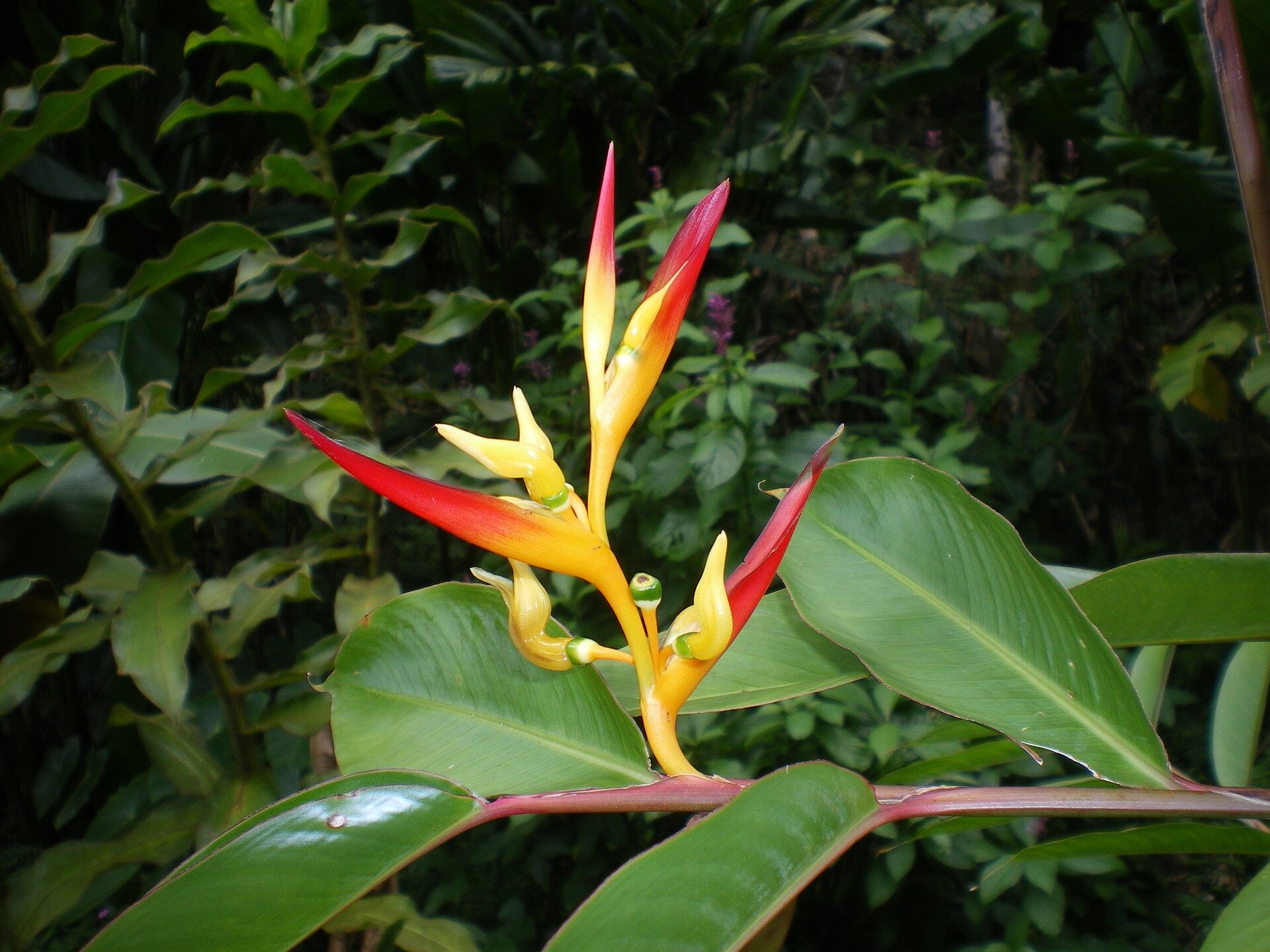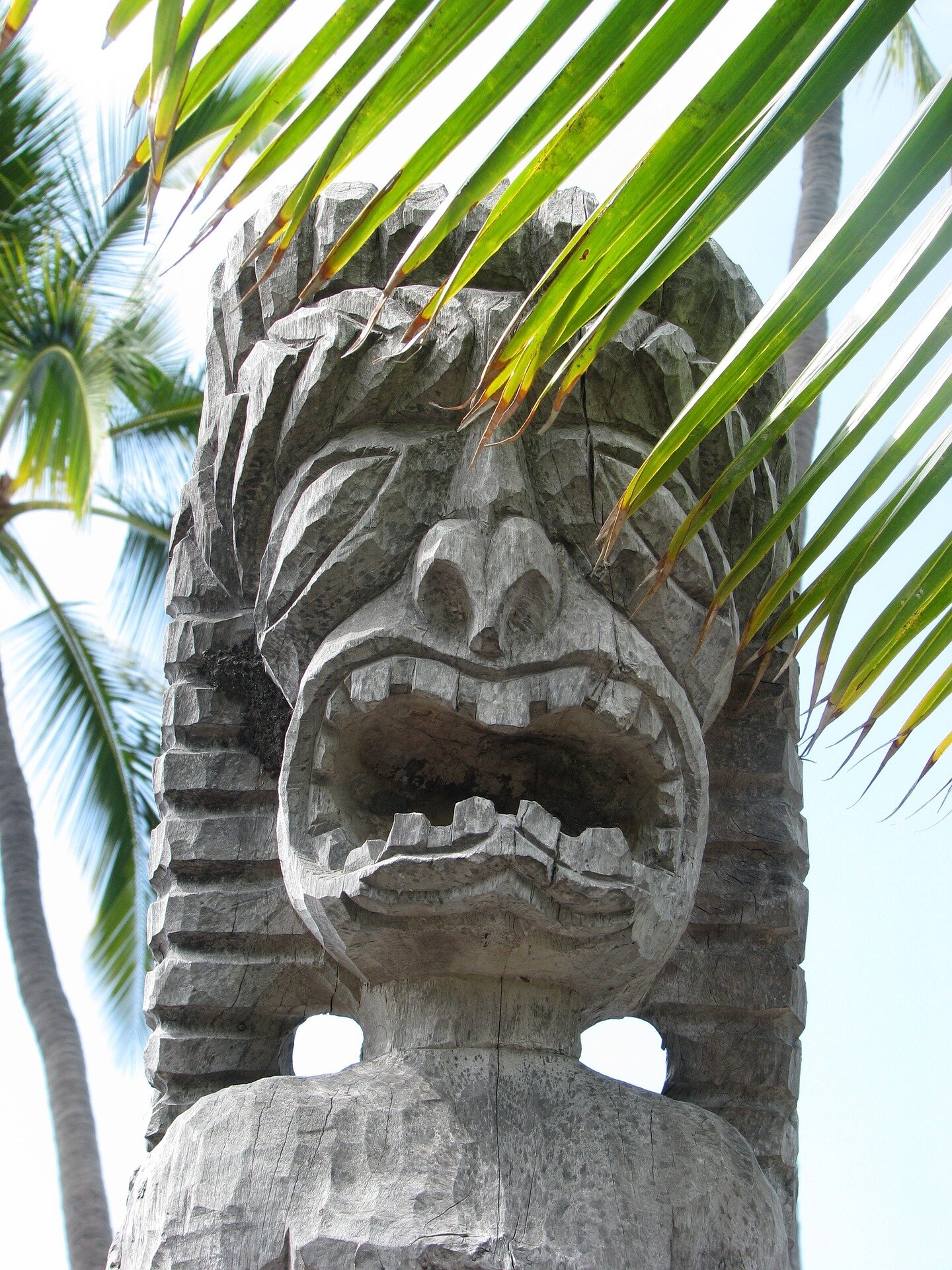WSU Public Health in Hawaii
Option #1: Oahu and the Big Island
May 13 - 21, 2024 (10 days)
Estimated Cost: $3,950 + $1,100 airfare
Exploring Hawaii with an educational focus
137 islands and atolls stretching across 1,500 miles together form the Hawaiian archipelago, yet today’s Hawaiian population inhabits only 7. Hawai’i -- also called The Big Island -- is the largest geographically and home to some of the most diverse ecosystems of the region. From Kiluaea, one of the world’s most active volcanoes, to Mauna Kea with a summit just under 14,000 feet, it’s obvious why so many people hope to experience the natural beauty and energy found on the island.
The educational structure within Hawaii presents a unique learning environment for upcoming educators and recreational leaders. The drive to create an educational environment that welcomes the diverse cultures of the Big Island is the perfect microcosm for future leaders to learn and expand their understanding of cultural sensitivity and inclusion.
This program will provide learners from both the education and recreational tracks opportunities to expand their learning outside of the classroom. Two learning cohorts will travel to Hawaii at the same time, yet will participate in daily activities focused on specific learning objectives aligned to each program.
Educational cohort Learning objectives:
Education participants will be able to:
Expand cultural comfort zones and awareness and increase self-confidence via travel and cultural immersion.
Participate in school visits throughout the island to compare and observe educational approaches in the various districts of the island
Speak with local educators and administrators regarding their educational approach to success, educator training, and current local trends/patterns/concerns
Observe a local language course/program incorporating local cultural traditions and supporting the continued success of the Hawaiian language
Participate in several dialogue discussions on education-focused current events and obstacles and workshops on place-based learning and risk management.
Visit local historic and culturally significant locations to speak with local experts and build connections between learning objectives/standards and experiential educational opportunities.
Learn group facilitation techniques to be utilized to increase community, cultural awareness/sensitivity, leadership development and dialogue facilitation.
Increase understanding of the development and management of experiential learning opportunities (i.e. combining astronomy lessons atop Mauna Kea, history lessons while visiting local historical and cultural parks, biological sciences while exploring the ocean and lava fields, etc.)
Optional additional objective: create and present to the group an interdisciplinary lesson plan incorporating place-based learning, risk management and local culture/ geography with educational standards
Itinerary
Day 1: Travel Day
Aloha! Welcome to the Big Island of Hawaii, home to 8 of the 13 world climate zones housing plants and animals from sea level to nearly 14000 feet in elevation! This evening we welcome you to the volcanic island with a meal and traditional lei presentation. As the night is already late, we will spend the evening getting settled and resting before the first big day begins tomorrow.
Day 2: Orientation, Local Hawaiian Community Member Welcome, Big Island Farms
Today we wake to our first island morning beginning with an orientation meeting to Hawaii, taking the Hawaiian Pono Pledge for sustainable travel and learning about the week ahead. A local community member will join the group for several hours sharing traditional values, local chants to honor the Gods and welcome the group to the island. The evening will begin our dive into local sustainable and renewable agriculture with a site visit to a local farm and food forest. Students will enjoy the opportunity to taste several native fruits and learn about sustainable agriculture throughout Hawaii. Dinner with a group debrief meeting will close out the night.
Day 3: Hala Tree Coffee, Kona Cacao and Macadamia Nut Farm, Snorkeling and Sunset Picnic
Sustainable agriculture study continues today as students enjoy site visits to both a traditional cacao and macadamia nut farm as well as a Kona coffee farm. Students will have the opportunity to join the dialogue on sustainability and globalization as each organization shares the mission and challenges of managing local food crops in Hawaii. To end the day, the group will enjoy a visit to the beach and marine reserve. Keep your eyes open for sea turtles before joining the group for a picnic at sunset and follow-up debrief meeting.
Day 4: Punalu’u Bake Shop, Volcanoes National Park, and Black Sand Beach
Today’s adventure includes a visit to the southernmost bakery of the United States where students can choose to purchase delicious pastries called Malasadas and Hawaiian Sweet Bread at the Punalu’u Bake Shop. The Volcanoes National Park experience includes a visit with a local ranger and an opportunity to learn about emergency preparedness before venturing across an extinct volcanic crater and through the Thurston Lava Tube. We will walk near the Kilauea volcano and perhaps see some lava if the Fire Goddess Pele says hello. En route home, the group will visit a local black sand beach and search for green sea turtles often seen along the shores and surf. The evening ends with a group dinner celebrating the day’s adventure and a debrief meeting.
Day 5: Hilo Farmers Market, Kohala Institute Farm to School Visit, Blue Zone visit, Waterfall, and Mauna Kea star gazing
The Hilo Farmers Market is the largest on the island. Local vendors travel several hours to sell their locally grown fruits/vegetables as well as hand-made crafts and products. Students will have the opportunity to once again enjoy the many flavors of Hawaii. The theme of the day continues with a visit to the Kohala Institute where students visit with representatives to learn about the growing farm to school program. Next, the Blue Zone Project has gained notoriety around the world for its impacts on the wellbeing of local communities. Representatives of the local Hawaii chapter will join the group to share the journey it has taken within Hawaii. The evening concludes with driving up the Holy Mountain of Hawaii on Mauna Kea to around 9,000 ft to enjoy the local stories and folklore connected to the stars. A debrief meeting ends the night before some much needed rest.
Day 6: Captain Cook Farmer’s Market, Botanical Garden: Native and Medicinal Plant Tour, Temple of Refuge, and Two Step Snorkeling
The village of Captain Cook is named after the famous explorer killed on the local shorelines of Hawaii. But, it also houses one of the best locations for learning about local native and medicinal plants in the Botanical Gardens. Students will enjoy a tour and have some time to enjoy the local farmers market accompanied by local musicians. The afternoon takes students to an incredibly sacred location in Hawaii called the Pu’uhonua O Honaunau or the Temple of Refuge known for its healing energies. The day culminates with snorkeling in the best location on the island. Students will enjoy swimming in a saltwater aquarium surrounded by yellow tang, colorful reef fish and possible sting rays, dolphins and turtles. Group dinner and debrief meeting ends another gorgeous day.
Day 7: Fly to Oahu in Morning, Byodo-In Buddhist Temple, and Luau
The team flies to Oahu today to explore the most populated island of Hawaii. After landing in Honolulu, the group will venture to the Byodo-In Buddhist Temple to learn more about local spiritual practice, historically and today. The group will pause for a bit taking in the views of the gorgeous ocean to debrief the day and prepare for the luau ahead. The evening culminates with a celebration of Polynesian culture with a traditional meal and luau celebrating the flavors and traditions of the Polynesian archipelago.
Day 8: Fish Market, Healthcare Day (clinic visit and hawaiian professor talks)
Today the group rises early to visit a local fish market to learn about the fishing industry and economy before turning their attention to local healthcare access and practice. Students will have the opportunity to compare the different approaches of public health, both traditionally and more modern Western practices available to the community. A final debrief meeting and reflection session tonight provides space for sharing each student’s experience this week and celebrates the culmination of an incredible week.
Day 9: Closing Ceremony, Travel home
The final morning begins with the opportunity for students to participate in the local ritual of Ho’oponopono ceremony to thank the island for the successful expedition and rebalance energy before the flight home.
Day 10: Arrive back home
Flights back to the mainland are overnight flights so the group will fly through the night and arrive back home a day later.
What to expect (A typical Day)
Have breakfast and prep for the day (get gear and food together).
Participate in morning workshops, facilitation techniques and/or review the target schools and program overview for the day.
Review risk management and the day’s specific learning objectives.
Participate in the day’s main activity which may include: a visit to a local school or learning community, a visit to a cultural center or historical site to meet with local contacts and/or an outdoor adventure component to supplement the afternoon.
Eat dinner with the team.
Evening debrief meeting and team bonding activities.
Relax, prep for tomorrow and sleep.
Lodging and Transportation
All participants will be staying at a hostel or shared condos based on the part of the islands we are traveling through. Housing will have a kitchen, living room, several bedrooms and bathrooms. The separate units provide plenty of space for everyone to spread out and enjoy the fresh ocean air! All bedrooms will be shared single gender rooms and the instructors will have their own room. Large passenger vans and SUVs driven by Global Treks staff will be utilized for group transport for all activities, meetings, workshops and cultural gatherings.
Program Costs: $3,950 + airfare (Estimated at $1,100)
What’s included: The fee covers lodging, supplies, food, local transportation, and access to educational, natural history, and cultural centers. Also included is 2 WSU instructors.
What’s not included: Airfare transportation to Hawaii not included. We are more than happy to help book flights. We will meet you at the Kona airport (airport code KOA) with signs that say “WSU.”



























































